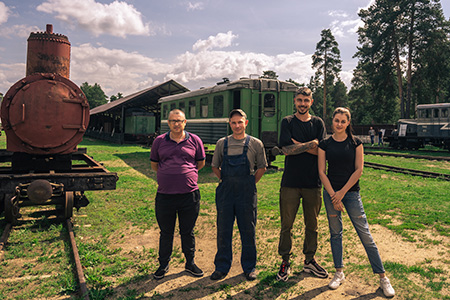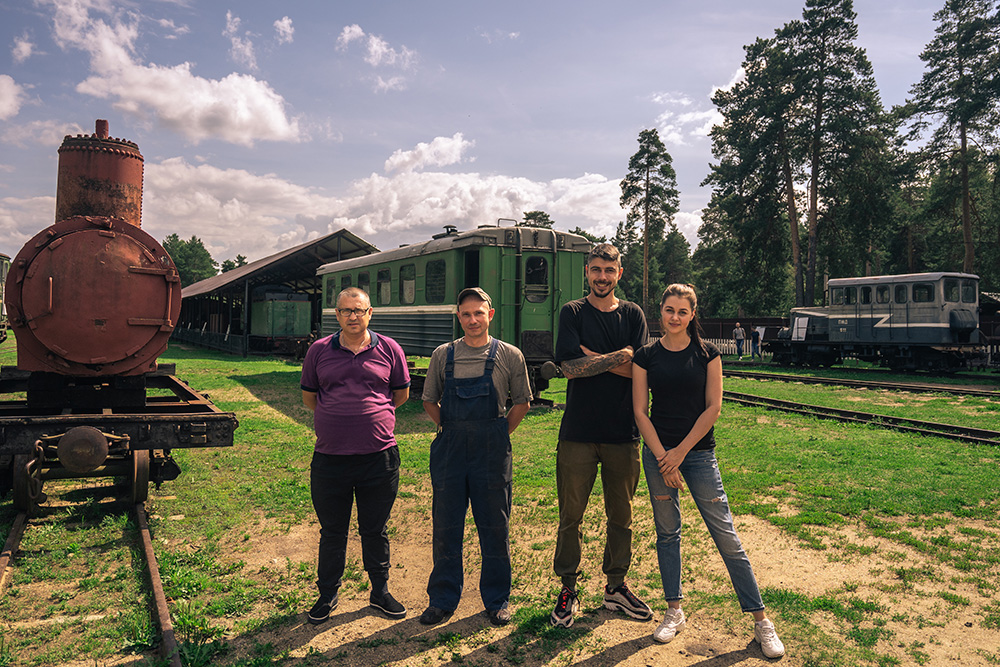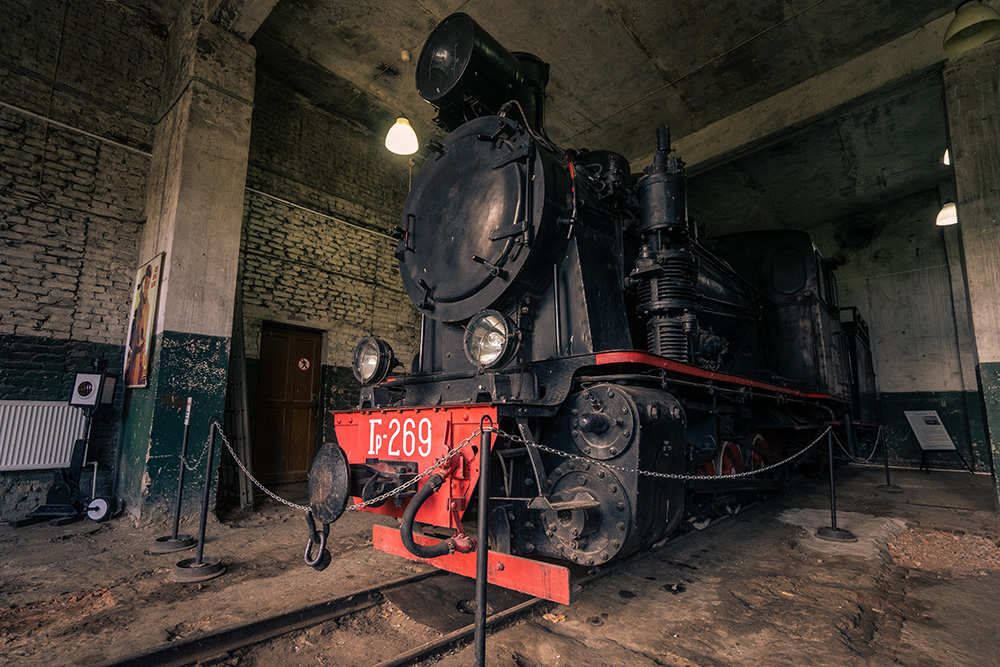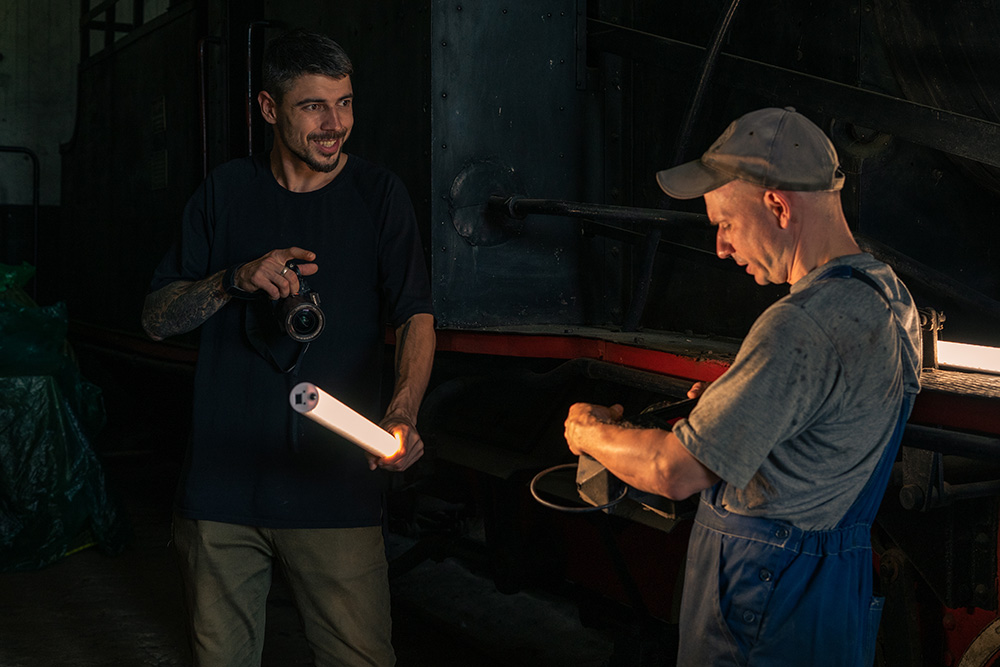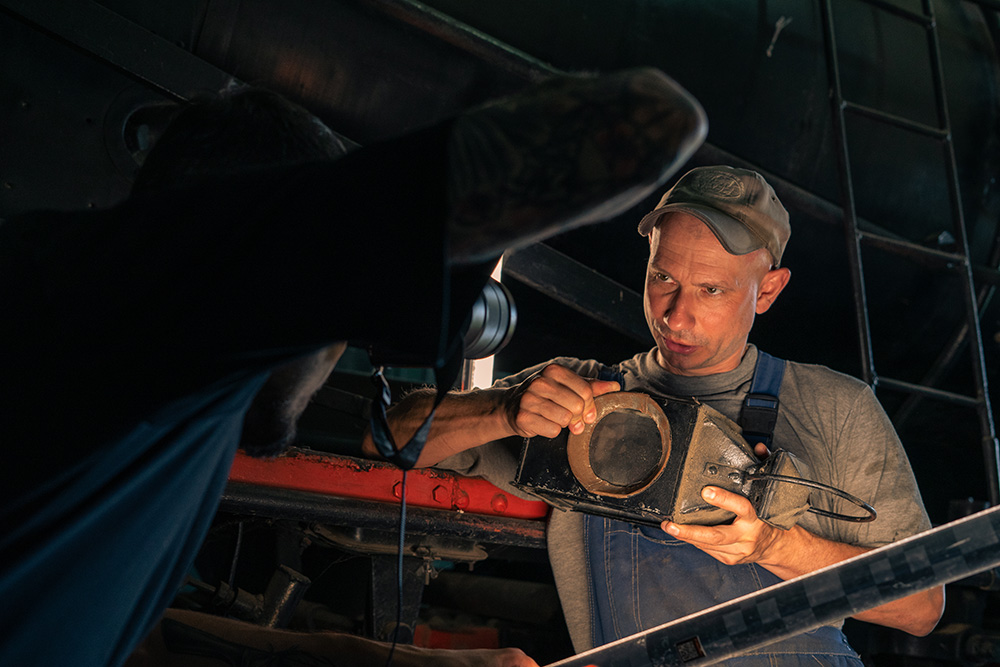On the third day, the expedition went to Pereslavl-Zalessky. The first museum visited in this city was an unusual technical museum – the Pereslavl Railway Museum. Since the mid-1980s enthusiasts who are not indifferent to the history of railway transport began to study narrow gauge railways. A group of like-minded people gradually formed, and the idea arose to preserve the legacy of the fading off era of local railways. For a long time, choosing a location to store the collection did not work out for a number of organizational and technical reasons. In 1989, an agreement was reached with the owners of the Talitsa depot and the 750 mm gauge railway line of the former Talitsko-Pleshcheevsky peat mining facility in the Pereslavl district of the Yaroslavl region. In 1990, the collection of exhibits, collection acquisition and the first restoration works began.
The museum is engaged in the study, preservation and popularization of the history of narrow gauge railways of Russia – local and industrial rail transport. The history of the construction and operation of narrow gauge railways is inextricably linked with the development of industry, the development of sparsely populated and remote regions, many economic and social events. Today, this type of transport has practically disappeared. The mission of the museum staff is not only to preserve the material heritage of engineering, but also to talk about the role of local railways in the history and economy of Russia.
The museum’s collection is housed in the building of a steam locomotive depot and carriage workshops built in the middle of the 20th century, as well as on the site of the Talitsa station. The collection contains more than 100 units of locomotives, rolling stock, track and signaling elements, various equipment and related items with varying degrees of preservation, dating from the end of XIX century to the 60s. of the XX century Museum holdings include an extensive library of specialized literature and design documentation.
